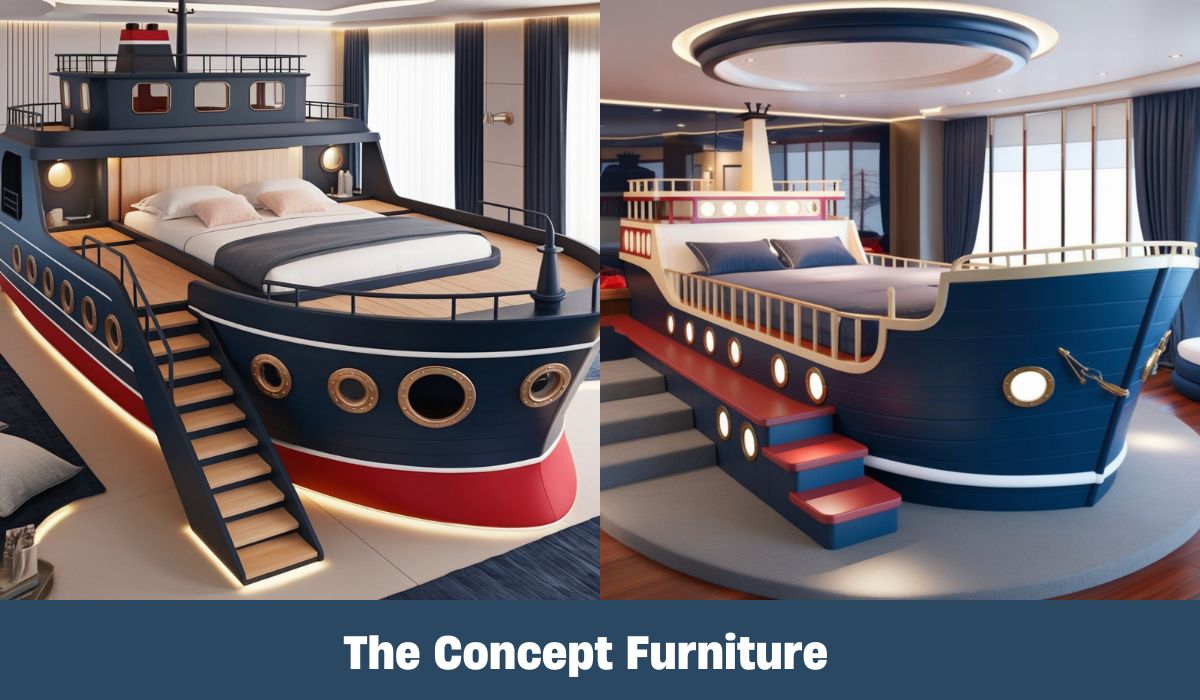The world of maritime transport is vast, with cargo ships serving as the lifeblood of global trade. Within these floating behemoths lies a unique aspect that is often overlooked: Cargo ship beds. These beds are not merely furniture; they represent a sanctuary for weary seafarers, a space for rest and rejuvenation in the midst of the high seas. As each crew member spends long months aboard, understanding the significance and intricacies of cargo ship beds becomes essential.
Introduction to Cargo Ship Beds
Sleep is an integral part of human wellbeing, especially for those who spend extended periods at sea. The nature of work on cargo ships can be strenuous, involving long hours in harsh conditions, which makes adequate rest vital. The design and functionality of cargo ship beds directly impact the quality of sleep, thus influencing the overall performance and safety of the crew.
The importance of cargo ship beds goes beyond comfort. They are designed with specific factors in mind, such as space limitations, safety regulations, and the need for personal privacy. Understanding these aspects can provide insights into not only how these beds are constructed but also how they contribute to the mental and physical health of crew members.
Understanding the Importance of Sleep on Cargo Ships
Sleep deprivation can have profound effects on cognitive function, mood, and overall health. On cargo ships, where the environment can be unpredictable and work demands high, ensuring that crew members get enough quality sleep is crucial. Long shifts, coupled with the constant motion of the ocean, can lead to fatigue, which not only hampers productivity but can also result in accidents.
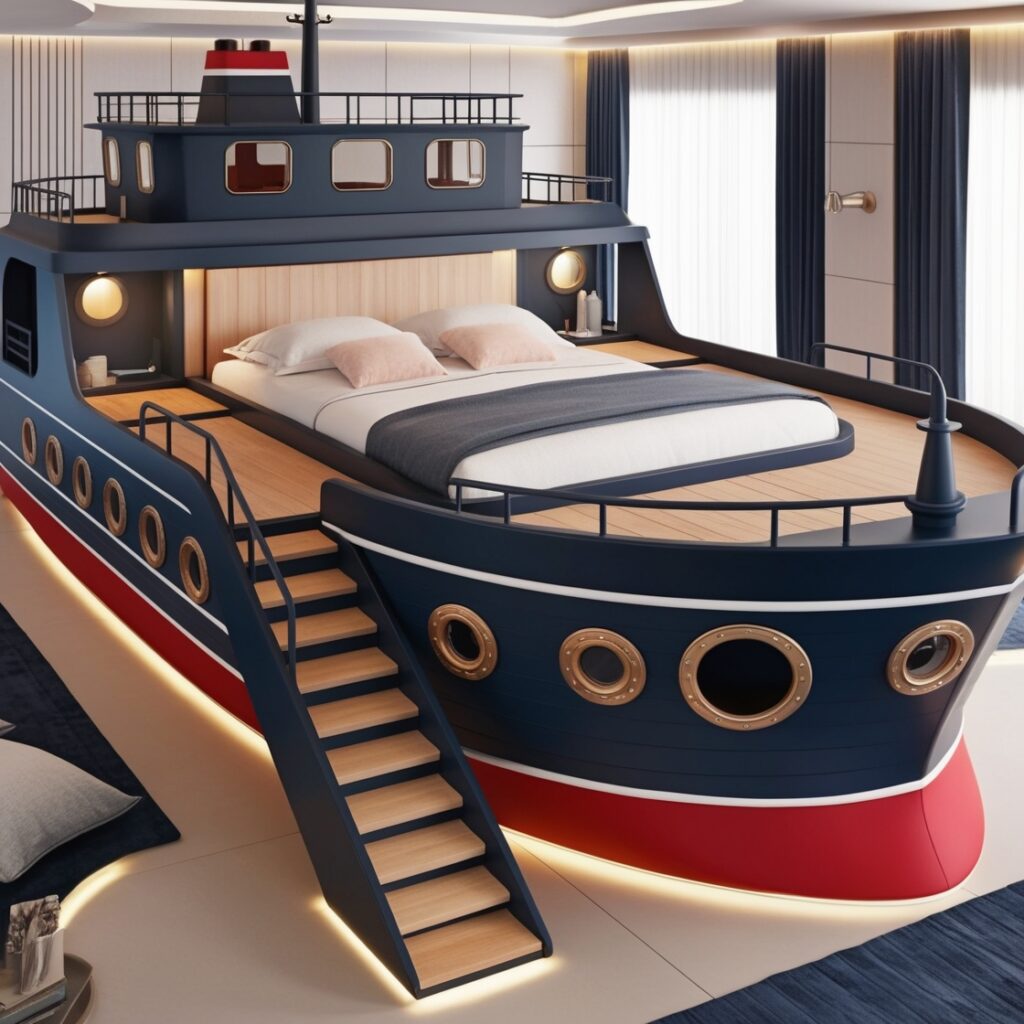
Furthermore, a well-rested crew is better equipped to handle emergencies. Fatigue can cloud judgment, slow reaction times, and reduce coordination—all critical factors when navigating treacherous waters or dealing with equipment malfunctions. Therefore, investing in comfortable and practical cargo ship beds is an essential component of maintaining a safe working environment.
Overview of Cargo Ship Accommodation Standards
International regulations outline standards for accommodation aboard cargo ships, primarily set by the International Maritime Organization (IMO). These guidelines stipulate minimum space requirements, sanitation standards, and ventilation for crew accommodations. The aim is to ensure crew members have a safe, comfortable place to rest, eat, and socialize during their time at sea.
The layout of sleeping quarters must accommodate the varying needs of crew members, including privacy and personal space. In addition to the basic amenities such as beds and storage, there are psychological aspects to consider. Crew members from different cultural backgrounds may have diverse preferences regarding their sleeping arrangements—factors like bed size, configuration, and even the textiles used can play a significant role in how restful their stay at sea feels.
Types of Cargo Ship Beds
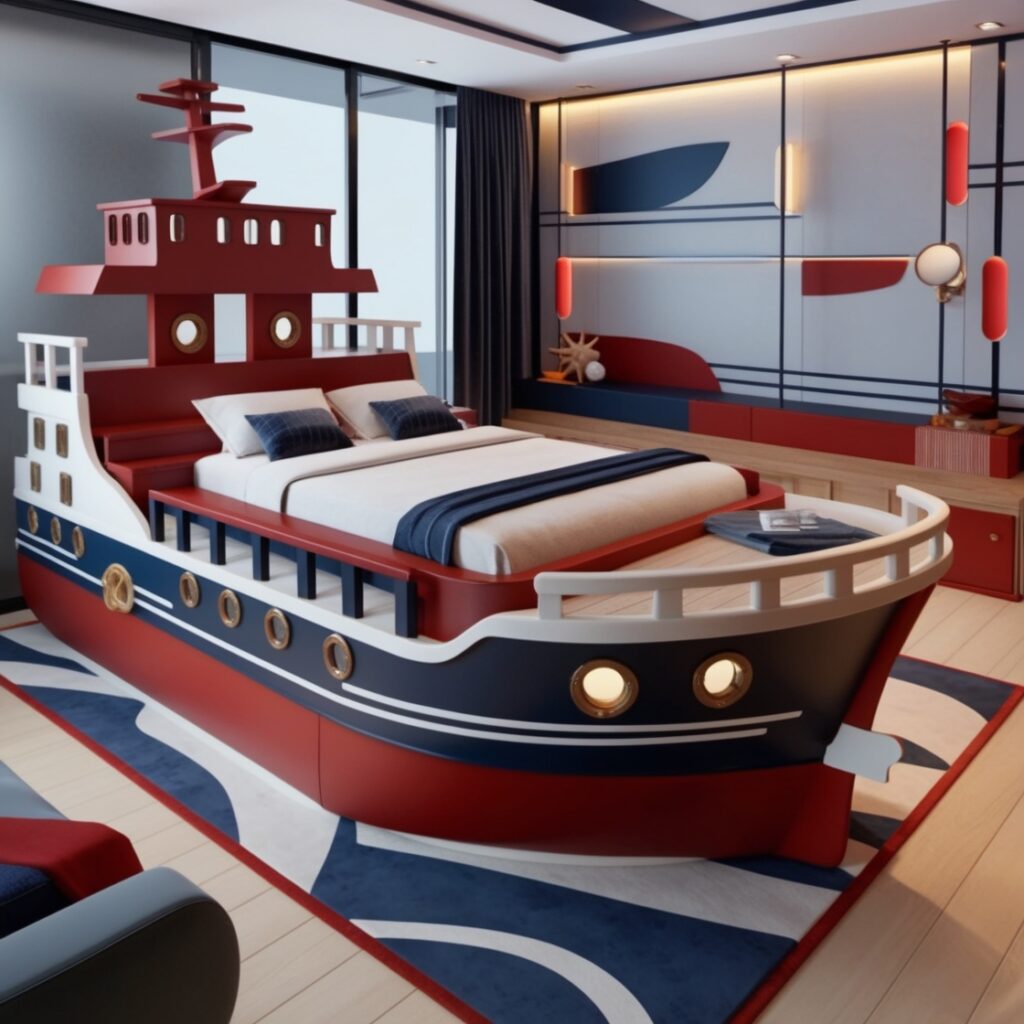
The diversity of crew accommodations aboard cargo ships results in a variety of bed types tailored to meet the needs of a multi-faceted workforce. Cargo ship beds come in various forms, each serving a unique purpose while addressing space constraints onboard.
Bunk Beds: Space-Saving Solutions
Bunk beds are a common feature in cargo ships, particularly in shared cabins. Their vertical design allows for the maximum use of limited space, enabling more crew members to be accommodated comfortably.
This design presents both advantages and challenges. For instance, bunk beds facilitate social interaction among crew members, fostering camaraderie and teamwork. However, the close quarters can also pose issues regarding noise levels and disturbances during sleep hours.
Design considerations for bunk beds go beyond aesthetics; safety features such as guardrails and structural integrity are paramount to prevent falls, especially during the ship’s movement.
Single Beds: Comfort for Solo Crew Members
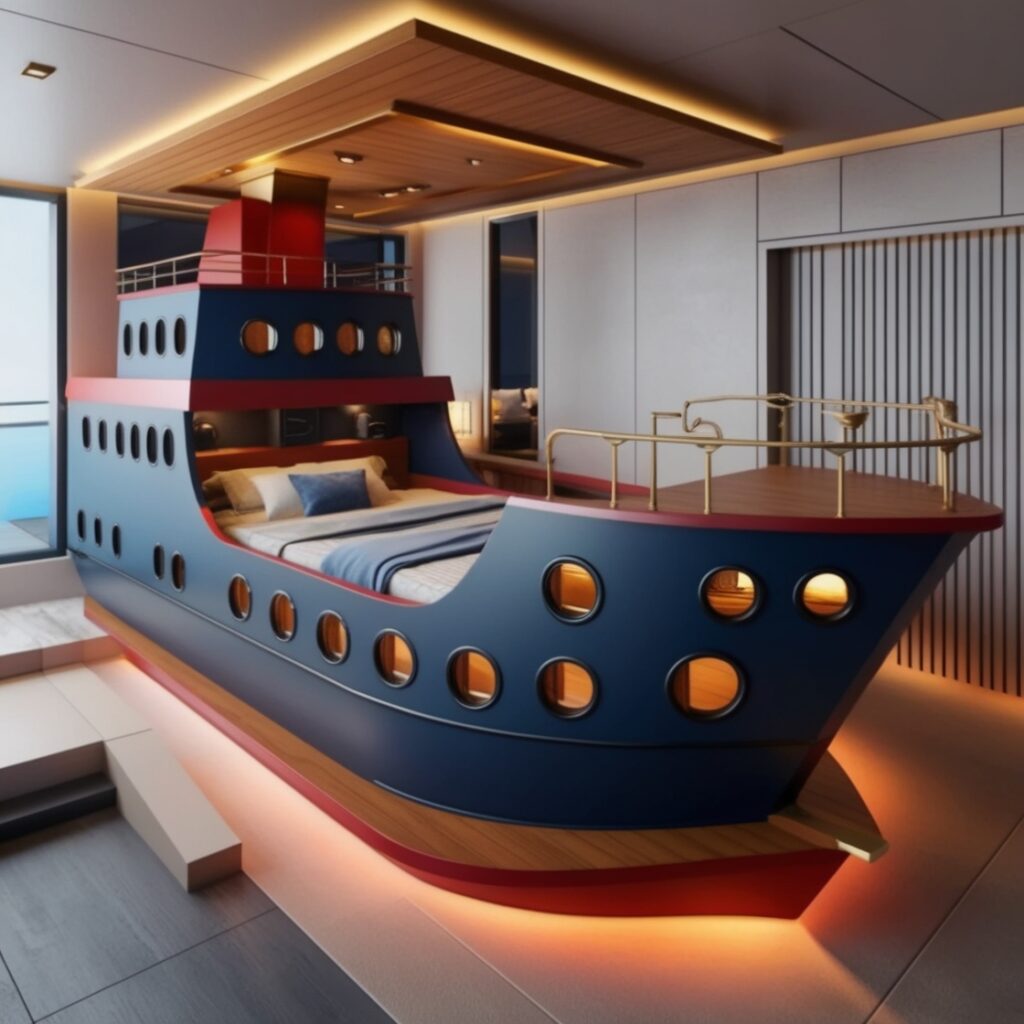
Single beds offer a more spacious option for solo crew members seeking comfort and privacy. These beds are often found in officer cabins or luxury accommodations for senior staff. The design typically focuses on ergonomics, with features that support a good night’s sleep.
When crew members have their own space, they can personalize it to their liking, adding elements that make it feel more homely. This can be a factor in improving morale and overall mental well-being while at sea.
However, single beds do take up more real estate, necessitating thoughtful planning of cabin layouts to ensure there’s still adequate space for personal belongings and movement.
Double Beds: Accommodating Couples and Shared Cabins
Double beds are less common but still present in some cargo ships. They cater to couples or crew members who prefer to share accommodation. These beds present unique opportunities for fostering relationships among crew members, enhancing cooperation and communication on board.
Nevertheless, double beds require careful consideration in terms of space, layout, and accessibility. In what can be cramped conditions, ensuring that both individuals have sufficient room to maneuver without feeling claustrophobic can be challenging. Further, such arrangements necessitate more sophisticated cleaning protocols to maintain hygiene and comfort.
Design and Layout of Cargo Ship Beds
The design and layout of cargo ship beds are just as important as the types themselves. Effective designs can enhance comfort, maximize space, and promote safety, all while considering the unique challenges posed by life at sea.

Ergonomic Considerations in Bed Design
Ergonomics plays a crucial role in the design of cargo ship beds. Given that crew members often work irregular hours and under physically demanding conditions, beds must be designed to minimize strain and discomfort.
For example, mattresses should provide appropriate support for the spine, promoting proper alignment during sleep. Cushions and pillows should be adjustable, catering to individual preferences related to firmness or softness.
The height of the bed is another ergonomic consideration; crew members should be able to easily get in and out of bed without straining their backs or knees.
Storage Solutions Incorporated in Bed Designs
Space aboard a cargo ship is at a premium, making effective storage solutions vital. Many cargo ship beds incorporate built-in storage features, such as drawers underneath or shelves above, allowing crew members to stow personal belongings efficiently.
This not only keeps living spaces tidy but also contributes to a sense of order and control in an otherwise chaotic environment. Having accessible storage helps crew members maintain a semblance of home life, adding comfort and reducing stress.
Safety Features of Cargo Ship Beds
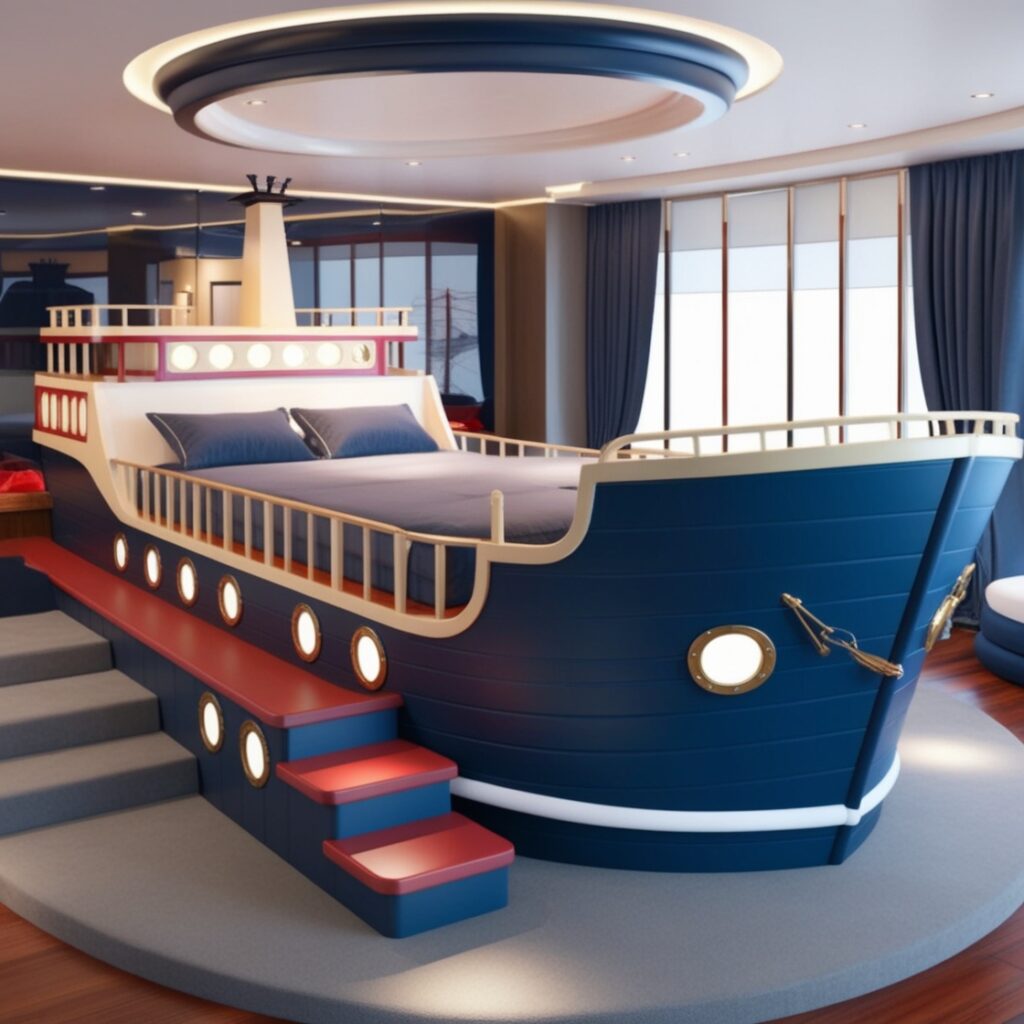
Safety is paramount in any maritime setting, and the design of cargo ship beds must reflect that. Features like rounded edges, non-slip surfaces, and secure fastening systems are essential to prevent accidents.
Additionally, the placement of beds within the cabin should allow for quick exits in case of emergency situations. This ensures that crew members can respond swiftly without hindrance.
Moreover, safety does not end with the structure itself; the materials used must be fire-retardant and resilient against wear and tear to withstand the challenging marine environment.
Materials Used in Cargo Ship Beds
The materials selected for cargo ship beds have far-reaching implications for durability, maintenance, and environmental responsibility. Each material choice informs the bed’s resilience against the rigors of life at sea.
Common Materials for Bed Frames and Mattresses
Typically, bed frames aboard cargo ships are constructed using metal or high-quality plywood. Metal frames are prized for their strength and longevity, while wooden options often provide aesthetic appeal.
Mattresses vary widely, with choices ranging from traditional inner-spring models to modern memory foam alternatives. The latter has gained popularity due to its ability to conform to body shapes, providing customized support.
Palettes of colors and textures can contribute to the overall ambiance of crew quarters, creating a more inviting atmosphere, which can significantly affect crew morale.
Durability and Maintenance of Materials
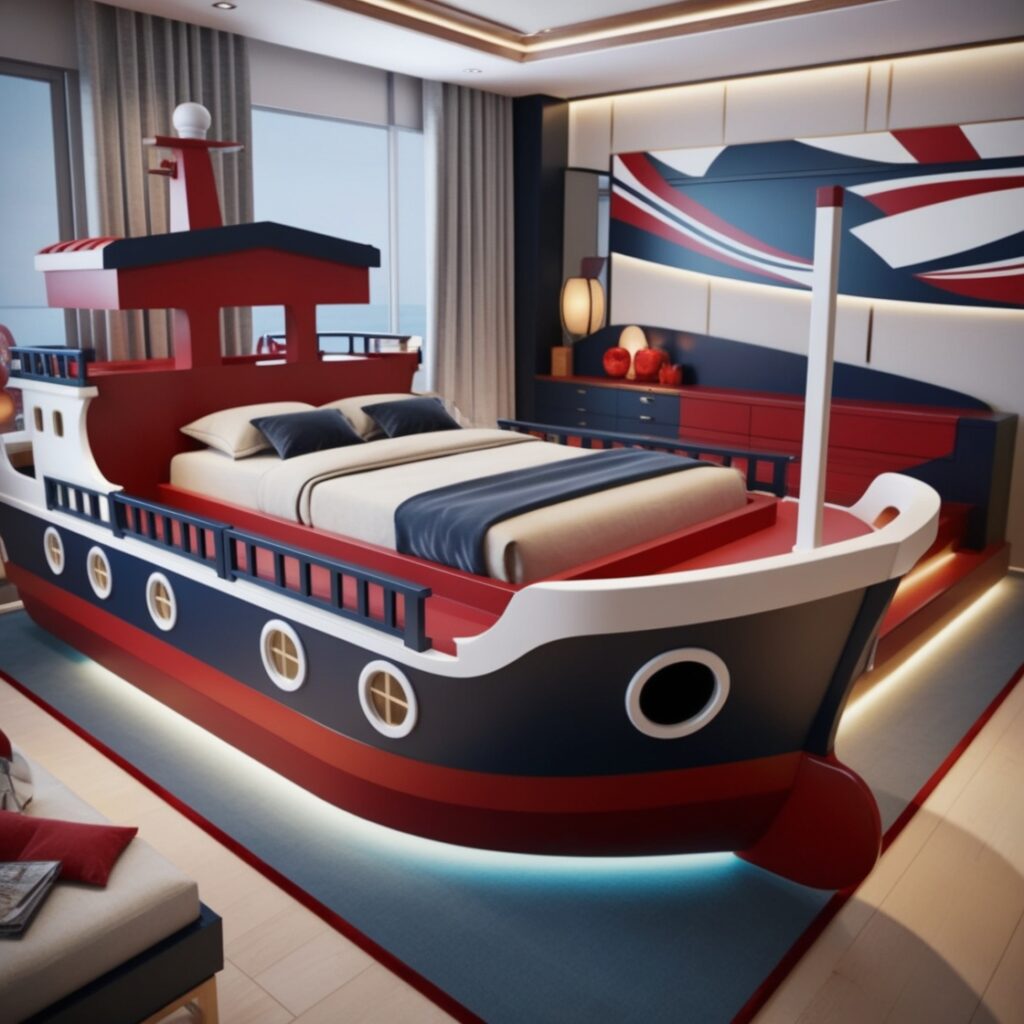
Materials chosen for cargo ship beds must be robust enough to withstand the rigorous maritime environment, including humidity, saltwater exposure, and temperature fluctuations. This means regular maintenance assessments are necessary to ensure functionality and safety.
Certain materials may require special treatments or coatings to resist corrosion, mold, or mildew. Regular inspections and timely repairs can extend the lifespan of beds and save costs over time.
Environmental Considerations: Sustainable Sourcing
As the maritime industry gradually shifts toward greener practices, the sourcing of materials for cargo ship beds is also evolving. More manufacturers are prioritizing sustainable sourcing, opting for eco-friendly materials that do not compromise strength or durability.
This shift towards sustainability is twofold: it addresses the growing concerns about environmental impacts while also appealing to an increasingly conscious consumer base.
By choosing sustainably sourced materials, shipping companies not only fulfill regulatory requirements but also position themselves as responsible corporate citizens committed to protecting the marine ecosystems they operate within.
Configuration of Sleeping Quarters on Cargo Ships
The arrangement of sleeping quarters aboard a cargo ship is an intricate process that must consider functionality, safety, and comfort simultaneously. Proper configurations can greatly influence the daily lives and experiences of crew members.
Typical Cabin Layouts for Crew
Cabin layouts vary based on the size of the vessel and the number of crew members. Small to medium-sized ships may feature shared cabins equipped with multiple sets of cargo ship beds, while larger vessels might offer individual rooms for officers and higher-ranking personnel.
The layout must allow for easy movement between beds, storage areas, and other amenities like washrooms. Clever use of space can enhance livability, making small cabins feel more expansive than they really are.
Privacy Features in Sleeping Quarters
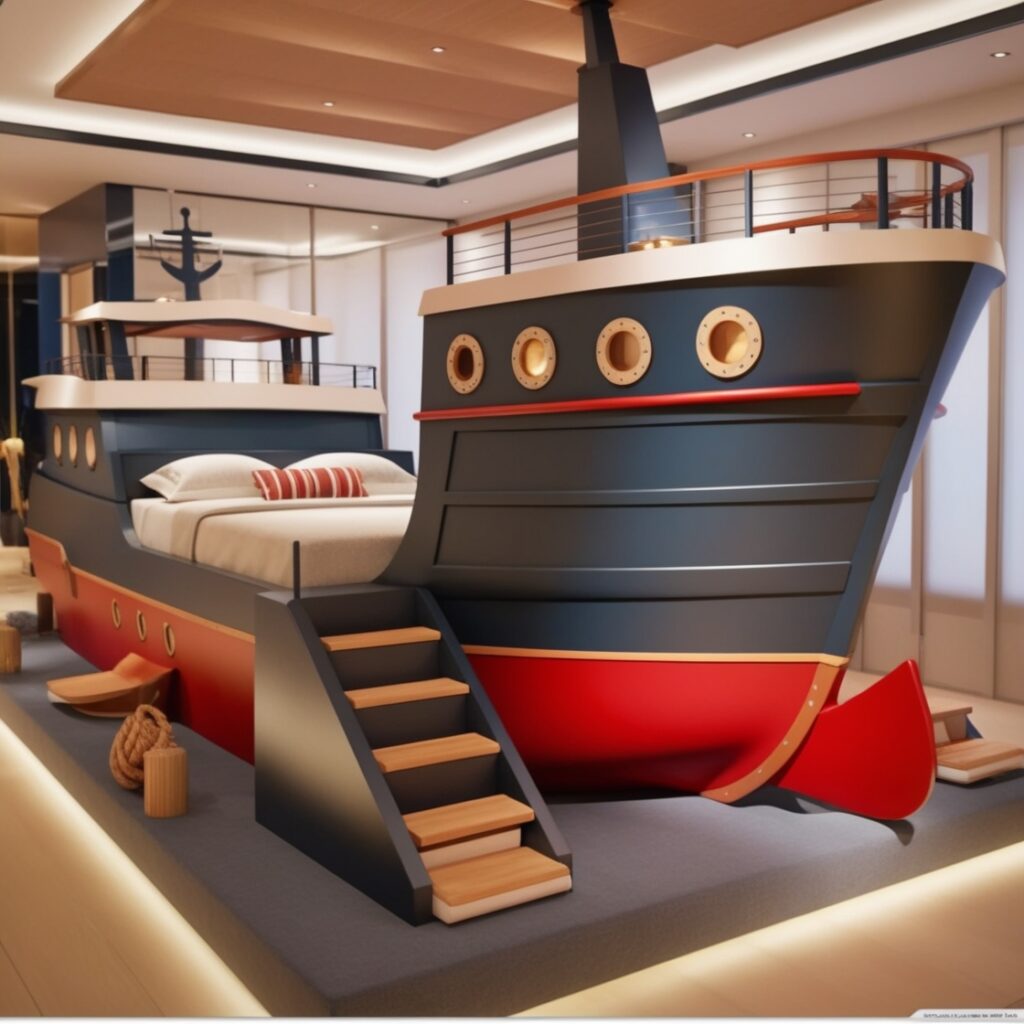
Privacy is a key concern in shared living spaces, and thoughtful design can create a sense of personal space amid communal living. Curtains, partitions, or even soundproofing materials can help delineate areas and provide crew members with a much-needed retreat.
This can have positive psychological effects, allowing crew members to recharge and unwind away from the hustle and bustle of daily maritime activities.
Noise Management Strategies for Better Sleep
Noise management is crucial in ensuring that crew members can sleep soundly. Life aboard a cargo ship includes engine hums, creaking hull noises, and operational sounds that can disturb rest.
To combat this, many ships implement acoustic insulation, utilize quieter machinery, and encourage crews to maintain respectful noise levels during designated sleep hours. Individual sleeping quarters can also incorporate soundproofing techniques, such as thicker curtains or specially engineered wall panels.
The Role of Lighting in Cargo Ship Beds
Lighting plays a pivotal role in creating a conducive sleeping environment aboard cargo ships. Managing natural and artificial light can significantly affect crew members’ circadian rhythms and overall wellbeing.
Importance of Natural Light
Natural light is invaluable for regulating our internal biological clocks, impacting sleep-wake cycles, mood, and energy levels. Designing accommodations with windows or skylights can invite this element inside, enhancing the atmosphere of living quarters.
While providing natural light, measures must be taken to ensure that crew members have privacy and shield against potential glare during rest periods. Furthermore, strategies for maximizing views while minimizing distractions can elevate the experience of being at sea.
Artificial Lighting Solutions for Comfort
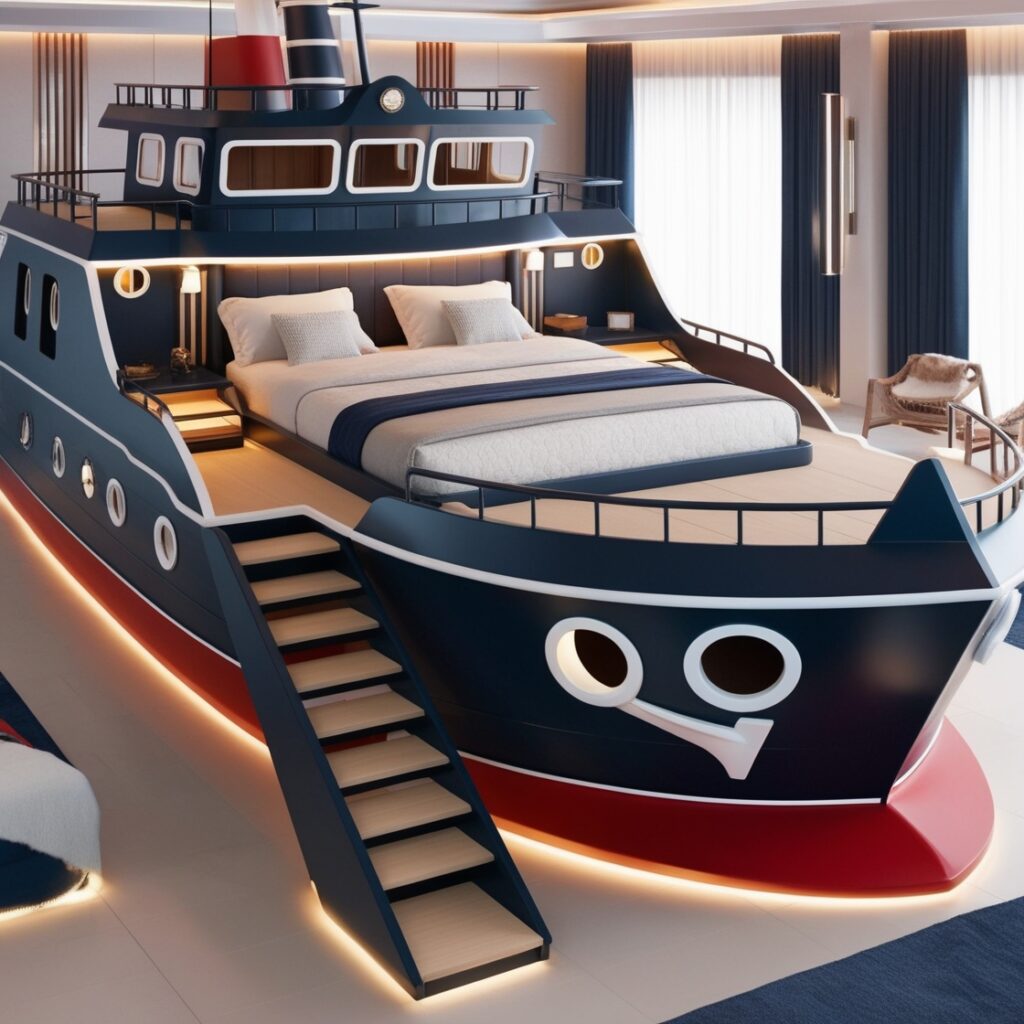
In scenarios where natural lighting is limited, artificial lighting solutions become essential. Soft, adjustable light sources can aid relaxation and prepare crew members for sleep.
In contrast, brighter lights may be installed in areas requiring alertness and focus, such as near workstations or communal dining areas. The ability to switch between lighting intensities can allow crew members to tailor their environments to their specific needs, contributing to better overall health and comfort.
Adjusting Lighting for Different Circadian Rhythms
Crew members often face irregular schedules, making it even more important to adapt lighting according to their circadian rhythms. Innovative lighting technologies, such as those that mimic daylight patterns, can assist in resetting biological clocks and optimizing sleep quality.
Employing smart lighting controls allows crew members to adjust the brightness and color temperature based on their individual preferences and needs, accommodating a diverse range of lifestyles and responsibilities.
Hygiene and Cleanliness in Cargo Ship Accommodation
Maintaining hygiene and cleanliness in cargo ship beds and accommodation areas is essential for the health and comfort of crew members. The close quarters and potential for shared facilities necessitate strict cleaning protocols and diligence.
Cleaning Protocols for Cargo Ship Beds
Regular cleaning schedules for beds and cabins are vital. Crew members should follow established protocols that include vacuuming, dusting, and sanitizing surfaces to minimize the risk of infections or infestations.
Special attention should be paid to bedding materials. Frequent washing of linens, pillowcases, and mattress covers is crucial for preventing allergens and ensuring a pleasant sleeping environment.
Managing Bed Linens and Pillows
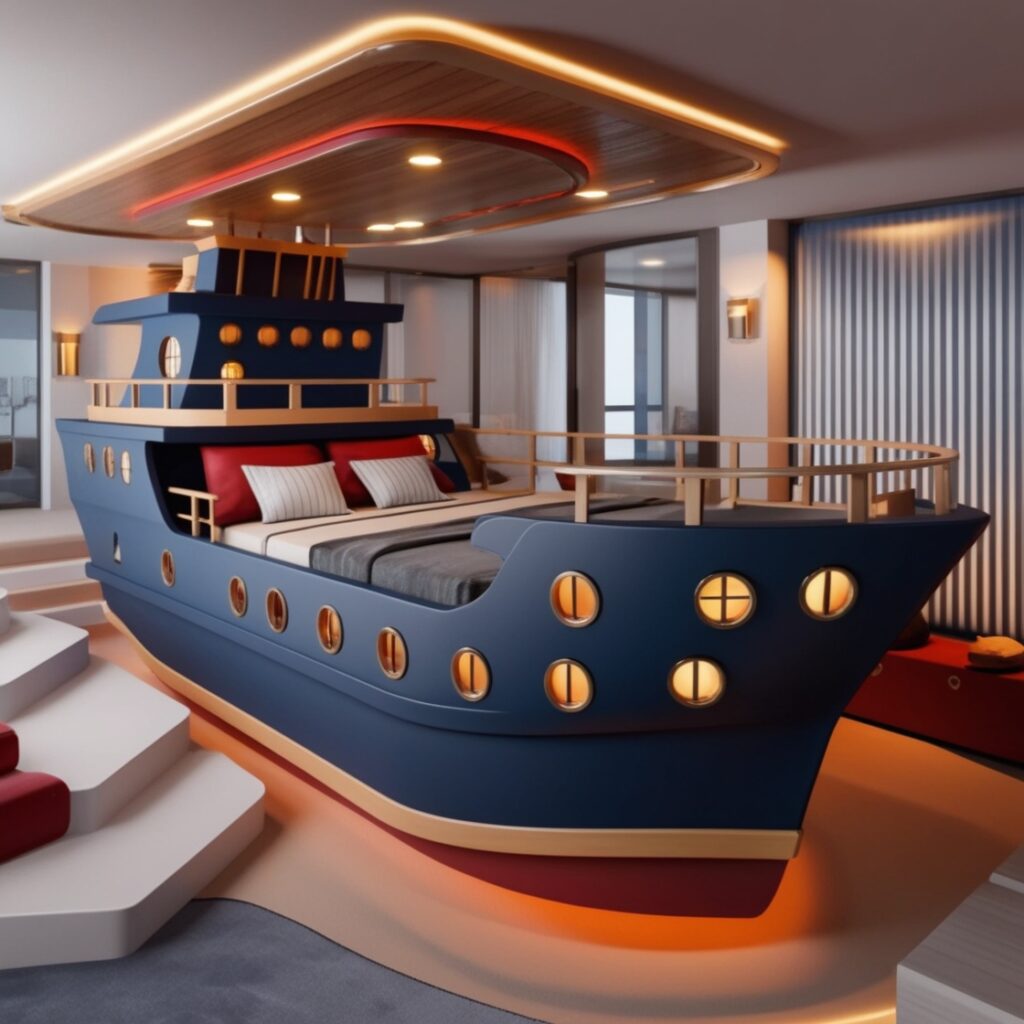
Managing bed linens efficiently involves not only cleanliness but also organization. Designated storage areas for fresh linens and clearly outlined procedures for swapping out soiled bedding can streamline processes and reduce stress during busy times.
Investing in high-quality, breathable fabrics will also enhance comfort and hygiene, allowing for better moisture-wicking capabilities and temperature regulation.
Importance of Personal Space Hygiene
Beyond communal responsibilities, personal hygiene also plays a pivotal role in maintaining a clean environment aboard cargo ships. Encouraging crew members to practice good habits, such as regular handwashing and personal tidiness, fosters a culture of health and well-being.
Promoting awareness around hygiene measures can help reduce the spread of illnesses among crew members, ensuring that everyone remains healthy and fit for duty during long voyages.
Psychological Aspects of Sleeping on Cargo
Life aboard a cargo ship can be psychologically demanding, and the design of sleeping quarters—including the cargo ship beds—must cater to the emotional needs of crew members.
Isolation, separation from loved ones, and the pressures of work can take a toll on mental health. Therefore, creating an environment conducive to rest and relaxation is essential.
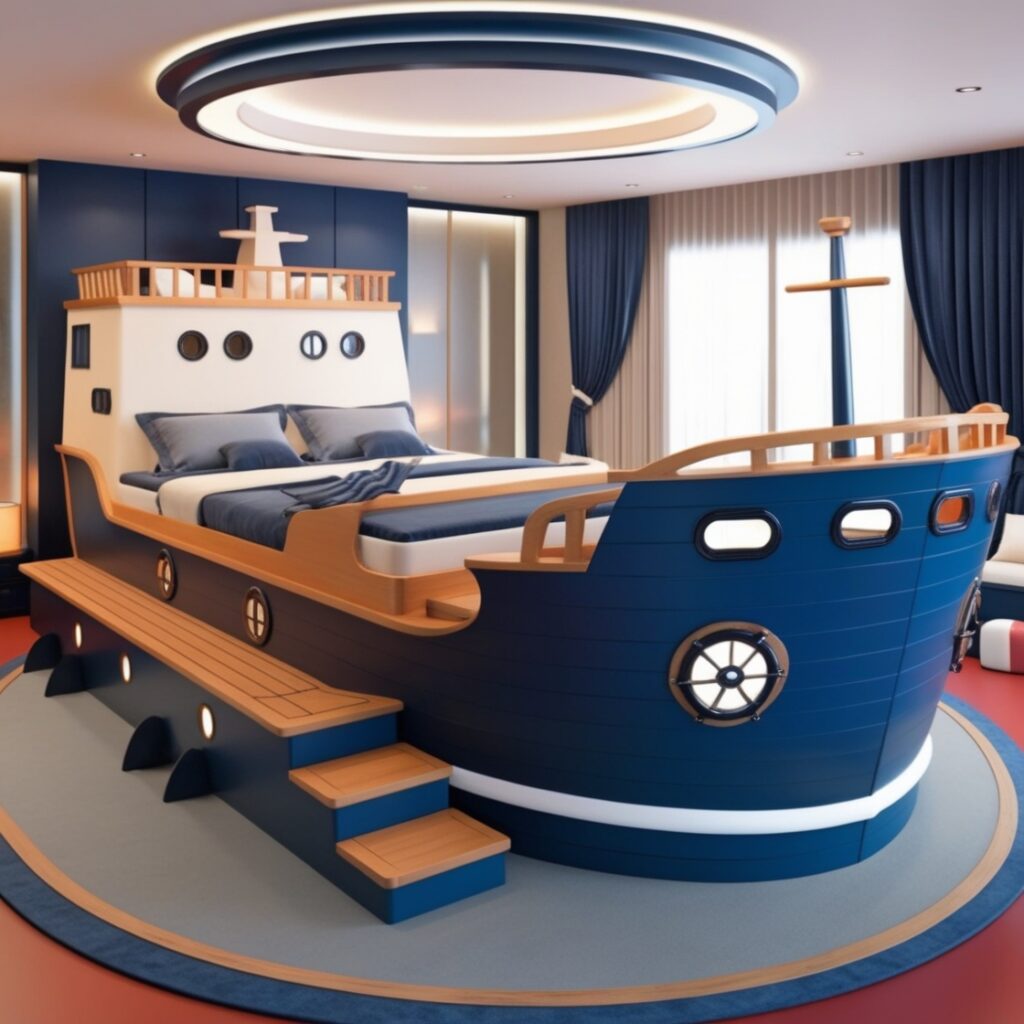
The interplay of social interactions, personal space, and cabin atmosphere can either alleviate stress or exacerbate feelings of anxiety. Thoughtful design choices, coupled with supportive policies, can foster a positive environment for crew members, contributing to their overall ease and satisfaction while at sea.
Conclusion
The exploration of cargo ship beds reveals the intricate balance between functionality, comfort, and safety within the confines of maritime life. From the types and designs of beds to the materials used and the psychological aspects of living aboard, every detail contributes to the well-being of crew members.
As the shipping industry continues to evolve, there lies an opportunity to innovate further, ensuring that the beds on cargo ships do not merely serve as places to sleep, but rather as sanctuaries that support the vital work done by those navigating the world’s oceans. Prioritizing comfort, hygiene, and mental well-being will undoubtedly yield dividends in crew performance, safety, and satisfaction, cementing the importance of these oft-overlooked elements of maritime life.

